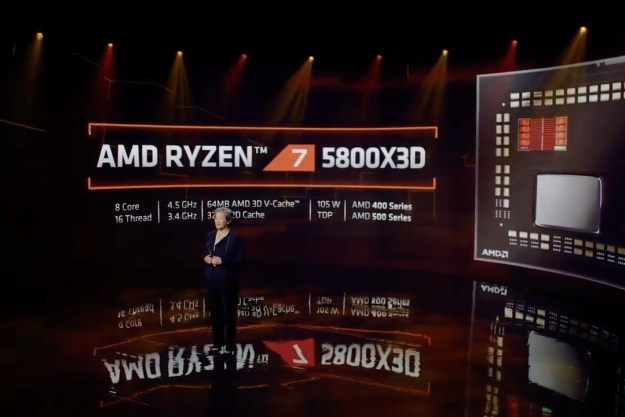Future smartphone cameras could have both a tiny Leica lens and depth-sensing capabilities. On Wednesday, March 7, Leica Camera announced an alliance with Pmdtechnologies Ag, a time-of-flight (ToF) sensor company, to develop a depth-sensing camera for smartphones. With the agreement, the two companies will work together to create a 3D-sensing camera for smartphones while reducing the size of the lens.
The two companies together have already created a 3D-sensing imaging system that will be available for smartphone manufacturers to integrate into their devices later this year. The 3D camera module has smaller pixels and a smaller module size overall, yet the lens design will help the camera perform well in low light, Leica says. Leica says that the lens is optimized for ambient light wavelengths and also has an f-number or aperture 25 percent lower than earlier options.
With the formal agreement in place, the two companies will now work together to develop 3D-sensing camera modules. Leica will focus on creating a lens that’s efficient with light but fits in small sizes to reduce the size of the camera module. With both companies located in Germany, Leica says the alliance will also allow for faster development.
The companies did not share specifics on what, exactly, the 3D capabilities will enable. ToF cameras create depth maps by measuring the amount of time it takes for light to bounce off objects in order to estimate the distance of the objects in the photos. That 3D data could potentially be used in a number of different ways. 3D data could create options like a portrait mode without a second lens. ToF cameras are also said to have enhanced capabilities in facial ID, augmented reality, and even scanning 3D objects.
“The partnership between Pmd and Leica is an excellent example of how two globally-leading companies can combine their core competencies to drive market-oriented innovation efficiently,” Markus Limberger, Leica Camera’s COO, said in a press release. “The foremost position of Pmdtechnologies in Time-of-Flight sensor technology and Leica’s expertise in cutting-edge optical design were used to develop a very compact and powerful lens, which fits perfectly with the specific requirements and the uncompromising quality of the new 3D-sensor generation of Pmd.”
Editors' Recommendations
- Nvidia turns simple text prompts into game-ready 3D models
- AMD is bringing 3D V-Cache back to Ryzen 7000 — but there’s a twist
- New A.I. system could upgrade smartphone cameras
- AMD’s revolutionary 3D V-Cache chip could launch very soon
- AMD teases performance of its revolutionary 3D V-cache chip



